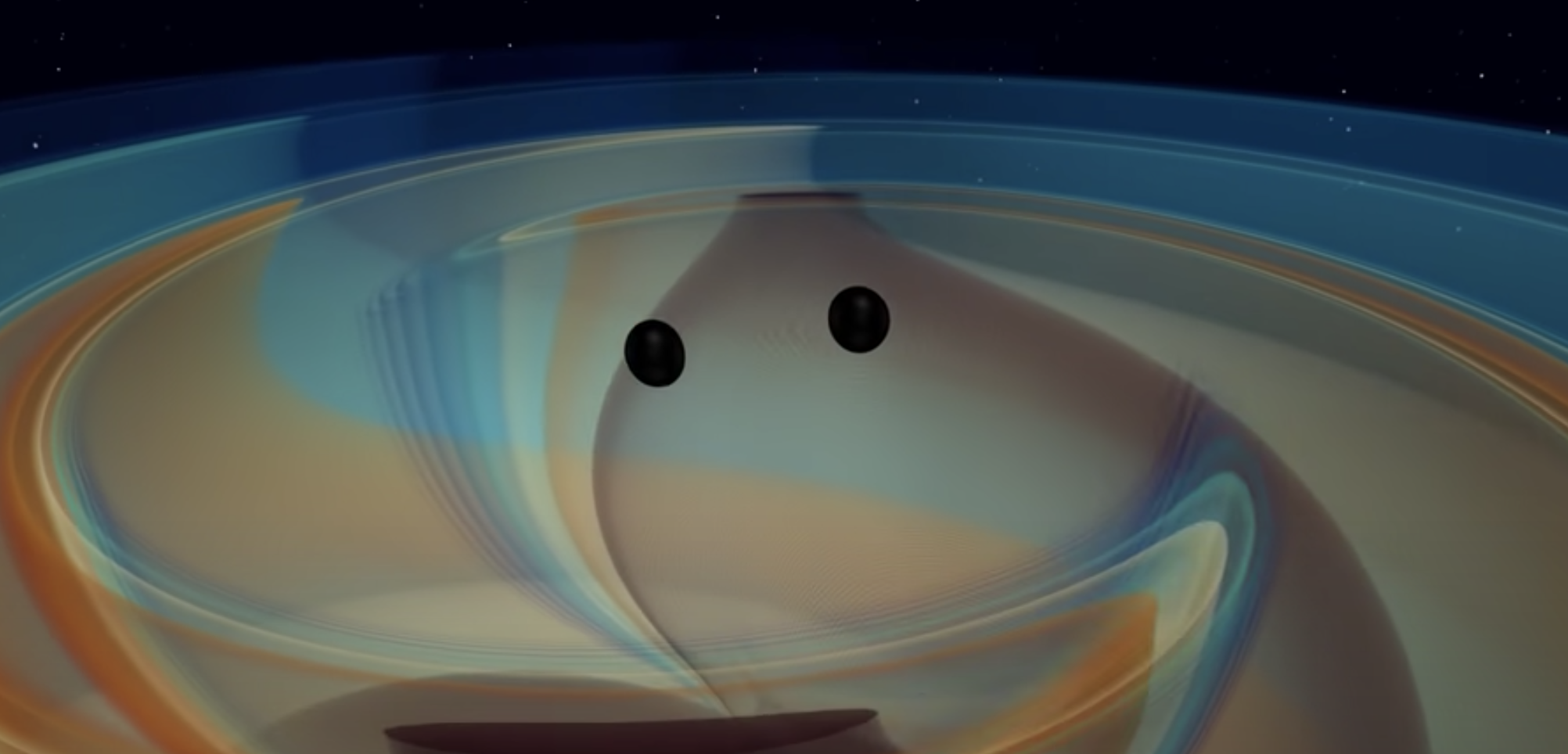
A Graduate Student studying astrophysics at Caltech
Studying the Universe
Neutron stars are very likely the densest objects in the universe; they are stable only because the strong nuclear force includes incredible repulsions between neutrons in the dense environment of neutron star interior. Despite being only 10 km across, tiny by astronomical standards, neutron stars are responsible for some of the most dramatic events in the entire universe. On Earth, we can use the many different particles and waves that reach us from neutron stars to learn about what's happening inside them.
How do we know what to look for
Relativity lies at the heart of what makes neutron stars unique. They exist very near the boundary that separates stable stars from cataclysmic collapse to black holes. Because of this they provide one of the only glimpses into the strongest gravity environments in the universe.